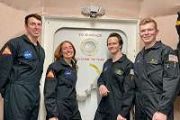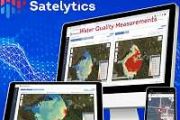
Copernical Team
Russian actress, director enter space station to film movie
 A Russian actor, director and cosmonaut entered the International Space Station Tuesday, where they will stay nearly two weeks to film the first full-length movie shot in space.
The newcomers came aboard the space station just after 11 a.m. EDT. Cosmonaut Anton Shkaplerov, who piloted the Soyuz spacecraft, entered first, followed by actress Yulia Peresild and director Klim Shipenko.
A Russian actor, director and cosmonaut entered the International Space Station Tuesday, where they will stay nearly two weeks to film the first full-length movie shot in space.
The newcomers came aboard the space station just after 11 a.m. EDT. Cosmonaut Anton Shkaplerov, who piloted the Soyuz spacecraft, entered first, followed by actress Yulia Peresild and director Klim Shipenko. A European push to the Moon
 Video:
00:03:50
Video:
00:03:50
The European Space Agency is playing a vital role in humankind’s return to the Moon. In a few months NASA will launch Artemis I from the Kennedy Space Center. The uncrewed mission will carry NASA’s Orion spacecraft incorporating ESA’s European Service Module (ESM-1), built and tested by Airbus Bremen, in Germany, with the help of 10 European nations. ESM-1’s main engine and 32 thrusters will propel Orion into orbit around the Moon and return it to Earth.
As Artemis I prepares for launch, the second European Service Module (ESM-2) is about to ship to the US with ESM-3
Visitors with disabilities at ESA Open Day
 Image:
Visitors with disabilities at ESA Open Day
Image:
Visitors with disabilities at ESA Open Day Watch live: briefings for next Space Station mission
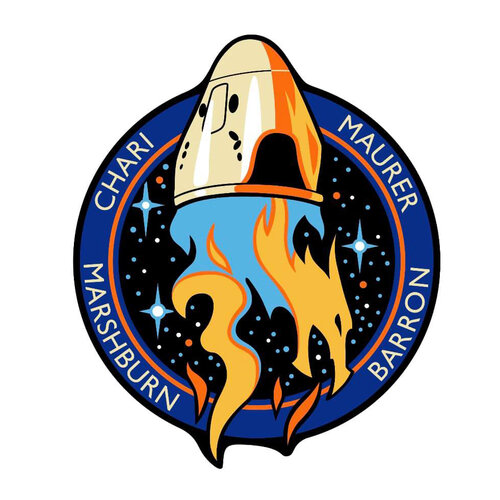
Learn the latest about the launch of Crew-3 to the International Space Station during two virtual briefings this Wednesday 6 and Thursday 7 October live on ESA Web TV Two.
Russian crew arrives at space station to film first movie in orbit
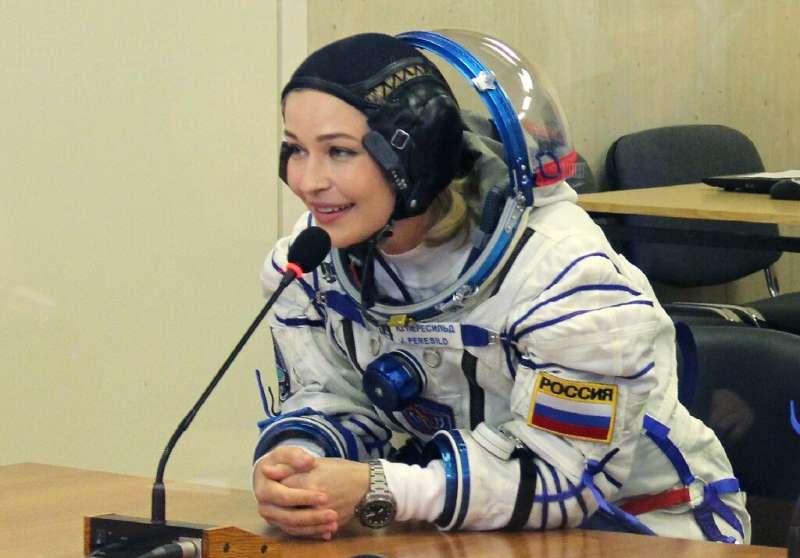
A Russian actress and director blasted off to the International Space Station on Tuesday in a historic bid to best the United States to film the first movie in orbit.
The Russian crew is set to beat a Hollywood project that was announced last year by "Mission Impossible" star Tom Cruise together with NASA and Elon Musk's SpaceX.
Actress Yulia Peresild, 37, and film director Klim Shipenko, 38, took off from the Russia-leased Baikonur Cosmodrome in ex-Soviet Kazakhstan at the expected time of 0855 GMT, with docking scheduled for 1212 GMT.
"Launch as planned," the head of the Roscosmos space agency, Dmitry Rogozin, said on Twitter.
Led by veteran cosmonaut Anton Shkaplerov, the film crew will travel in a Soyuz MS-19 spaceship for a 12-day mission at the ISS to film scenes for "The Challenge".
A live broadcast on Russian TV showed the Soyuz spacecraft ascending into a cloudless sky.
Working overtime: NASA's deep space atomic clock completes mission

For more than two years, NASA's Deep Space Atomic Clock has been pushing the timekeeping frontiers in space. On Sept. 18, 2021, its mission came to a successful end.
The instrument is hosted on General Atomics' Orbital Test Bed spacecraft that was launched aboard the Department of Defense Space Test Program 2 mission June 25, 2019. Its goal: to test the feasibility of using an onboard atomic clock to improve spacecraft navigation in deep space.
Currently, spacecraft rely on ground-based atomic clocks. To measure a spacecraft's trajectory as it travels beyond the Moon, navigators use these timekeepers to precisely track when those signals are sent and received. Because navigators know that radio signals travel at the speed of light (about 186,000 miles per second, or 300,000 kilometers per second), they can use these time measurements to calculate the spacecraft's exact distance, speed, and direction of travel.
Late-time small-body asteroid disruptions can protect the Earth
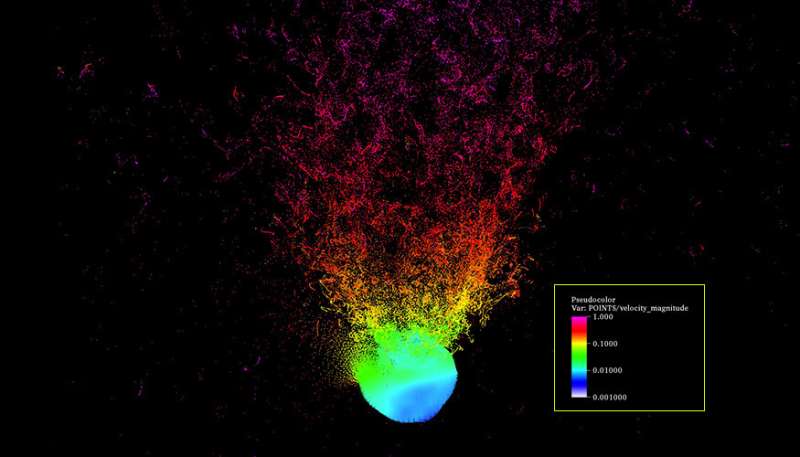
If an asteroid is determined to be on an Earth-impacting trajectory, scientists typically want to stage a deflection, where the asteroid is gently nudged by a relatively small change in velocity, while keeping the bulk of the asteroid together.
A kinetic impactor or a standoff nuclear explosion can achieve a deflection.
Thomas becomes Space Station commander
 Video:
00:08:46
Video:
00:08:46
On 4 October 2021 ESA astronaut Thomas Pesquet became commander of the International Space Station, taking over from Japanese Aerospace Exploration Agency astronaut and fellow Crew-2 member Akihiko Hoshide. Thomas will hold this role until shortly before Crew-2 return to Earth in November. Thomas officially accepted his new position during a traditional ceremony, broadcast live from the International Space Station, where a symbolic handover of a key from Aki to Thomas denoted the change of command. The full title of this role is International Space Station crew commander. While overall command of the Station lies with ground-based
Russian crew docks at ISS to film first movie in space (Update)

A Russian actress and director blasted off to the International Space Station on Tuesday in a historic bid to best the United States to film the first movie in orbit.
The Russian crew is set to beat a Hollywood project that was announced last year by "Mission Impossible" star Tom Cruise together with NASA and Elon Musk's SpaceX.
Actress Yulia Peresild, 37, and film director Klim Shipenko, 38, took off from the Russia-leased Baikonur Cosmodrome in ex-Soviet Kazakhstan at the expected time of 0855 GMT, with docking scheduled for 1212 GMT.
"Launch as planned," the head of the Roscosmos space agency, Dmitry Rogozin, said on Twitter.
Led by veteran cosmonaut Anton Shkaplerov, the film crew will travel in a Soyuz MS-19 spaceship for a 12-day mission at the ISS to film scenes for "The Challenge".
A live broadcast on Russian TV showed the Soyuz spacecraft ascending into a cloudless sky.
It will soon be possible to make satellite phone calls with your regular phone

Not all who wander are lost—but sometimes their cell phone reception is. That might change soon if a plan to project basic cell phone coverage to all parts of the globe comes to fruition. Lynk has already proven it can use a typical smartphone to bound a standard SMS text message off a low-earth-orbiting satellite, and they don't plan to stop there.
Formerly known as Ubiquitilink, Lynk was founded a few years ago by Nanoracks founder Charles Miller and his partners but came out of "stealth mode" as a start-up in 2019. In 2020 they then used a satellite to send an SMS message from a typical smartphone, without requiring the fancy GPS locators and antennas needed by other, specially made satellite phones.
The company continued its success recently by demonstrating a "two-way" link this week using a newly launched satellite, its fifth, called "Shannon." They've also proved it over multiple phones in numerous areas, including the UK, America, and the Bahamas.
Eventually, two-way communication means that the signal could eventually be used for voice calls rather than just sending messages in emergencies.




















